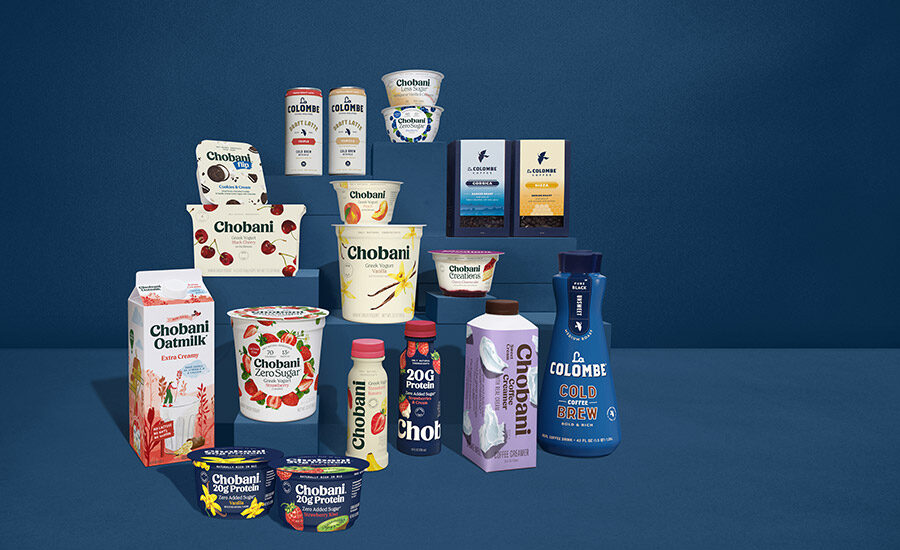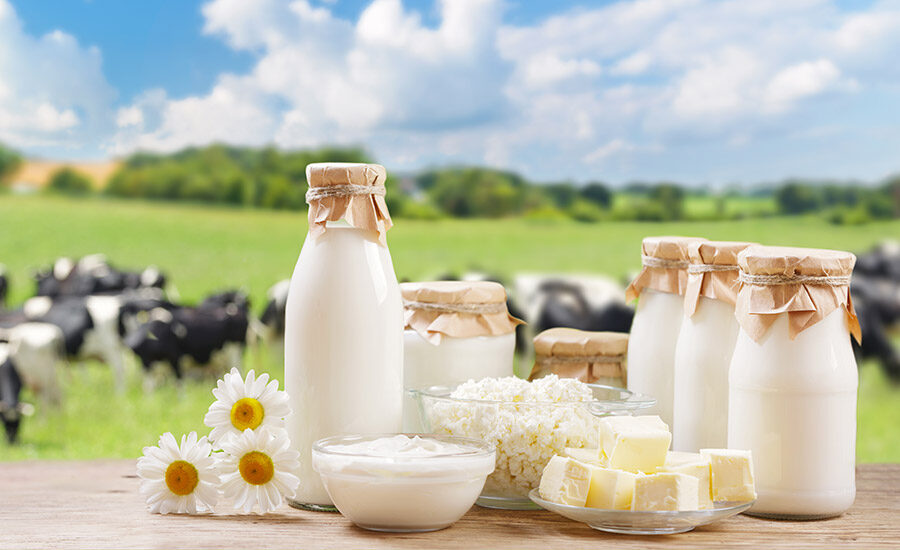Traceability not an easy feat for dairy processors
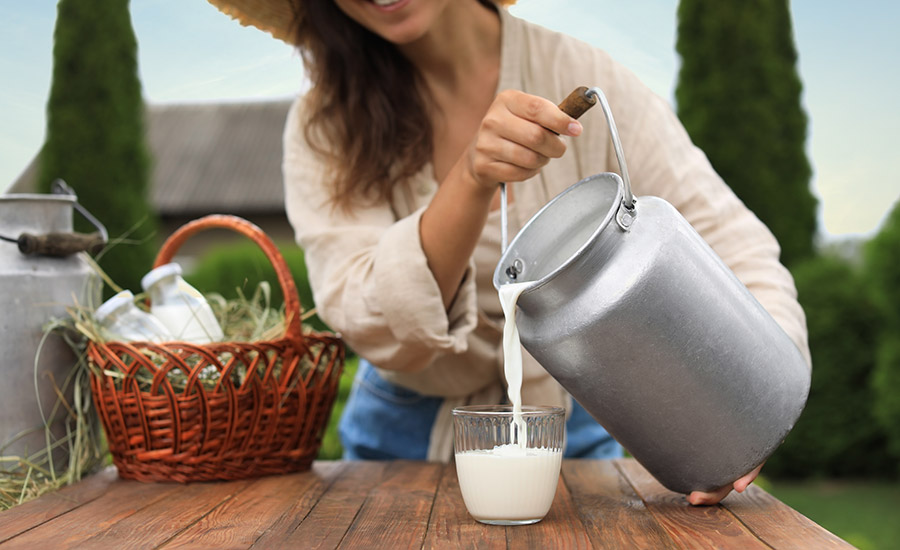
Photo courtesy of Liudmila Chernetska via gettyimages.com
In the CBS series “Without a Trace” which aired from 2002–2009, a specially trained FBI Missing Persons Squad searches for missing people by applying advanced psychological profiling to reveal the victims’ lives. While sourcing and tracking dairy ingredients is not a life or death proposition, more dairy ingredient companies are “cracking the code” to assure they’re supporting transparency and traceability throughout the global supply chain.
Experts note that it makes good business sense for dairy processors to do all they can to ensure that ingredients used within dairy products like milk, cheese, ice cream, yogurt, and cottage cheese can be sourced back to the land where they’re grown. And consumers also want more transparency about the foods they’re eating and drinking. In fact, “73% of global consumers feel more positively about companies that are transparent about where and how products were made, raised or grown,” states a “What’s In Our Food and On Our Mind” report from New York-based research firm Nielsen.
Jonpaul Okal, supplier quality manager for Ciranda Inc., Hudson, Wis., cites data from a 2021-2022 consumer survey conducted by Arnhem, The Netherlands-based Innova Market Insights that found that 17.6% of U.S. respondents said claims of product safety influenced them when consuming milk and milk drinks; 12.3% were influenced by these claims when consuming yogurt; and 12.2% were influenced when purchasing cheese.
“Food companies have higher value products where they could display traceability, but the cost of the product has to be high enough to justify the added cost of traceability.”
— Andrew Utterback, senior manager of sustainability at Ingredion Inc.
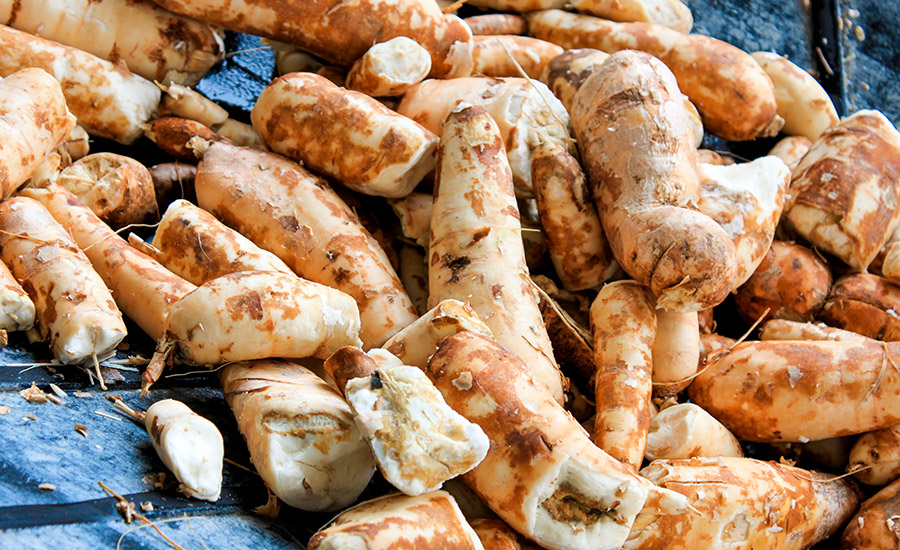
Additionally, Innova’s "Top Trends 2023 Dairy & Dairy Alternatives" report found that product safety was the No. 1 influencer for consumers from 35 countries purchasing milk and flavored milk products and spoonable/drinkable yogurt.
“…This same report showed 69% of survey respondents saying they ‘prefer products that mention the benefits of their sourcing/farming method on the pack,’” Okal adds, noting survey-takers were from Brazil, Canada, China, France, Germany, India, Indonesia, Mexico, Spain, the United Kingdom, and the United States.
Ease of managing food traceability
What exactly is food traceability? According to the U.S. Food and Drug Administration (FDA), “food traceability is the ability to follow the movement of a food product and its ingredients through all steps in the supply chain, both backward and forward,” while “traceability involves documenting and linking the production, processing, and distribution chain of food products and ingredients.”
Dairy Foods queried several ingredient companies, including ADM, Ciranda, Cargill, Ingredion, Brothers International Food Holdings LLC, and CP Kelco, about whether it’s “very difficult,” “moderately difficult,” or “easy” to manage food traceability. The answers varied depending on the size and scale of the organization, whether ingredients are being imported from outside the U.S., technological infrastructure, and more.
“Linking product from one Critical Tracking Event (i.e., harvesting, transformation, shipping, receiving, etc.) to another presents significant complexities, despite its seemingly straightforward concept. For instance, in the case of dairy, aggregation occurs at multiple stages; initially, milk products are collected from numerous farms by a tanker, and subsequently, the tanker transports the milk to the manufacturing facility, where it is combined with other deliveries,” says Blake Harris, technical director of the Global Food Traceability Center at the Institute of Food Technologists (IFT).
“Establishing a connection between these on-ground activities and the corresponding data proves challenging to manage, primarily due to the lack of digitization and standardization,” Harris adds.
Kate Clancy, group sustainability director for Minneapolis-based Cargill cocoa and chocolate, suggests that traceability depends on the specific supply chain and production processes. For example, products produced through fermentation, such as in the case of its EverSweet stevia sweeteners, are easy to track since production happens in one location: Blair, Neb.
Yet, ingredients such as palm oil and cocoa powder — sourced from hundreds of thousands of small farmers in remote locations — can be “more difficult” to pinpoint and track, Clancy says. Palm oil supply chains are further complicated because “there’s often multiple parties involved between oil palm cultivation and the end user,” she adds.
Megan Miller, senior quality and research and development specialist at Rochester, N.Y.-based Brothers International, which specializes in sourcing tropical and exotic fruits and superfruits worldwide, notes, “We have to run mock recalls on all products and items. As a supplier that is currently just one ingredient at a time, it can be easy to do. I think the majority of food companies are trying their best with traceability.”
.jpg)
Yet, cost can be a major deterrent, suggests Andrew Utterback, senior manager for sustainability at Ingredion Inc. “Traceability in a commodity food system is very difficult. Commodity systems such as those for corn and soy, which are an important part of feed rations are built upon fungibility keeping costs down,” he explains. “Adding identity preservation and the accompanying paperwork and challenges with segregation takes these products out of the commodity system, which can add significant cost and complexity to the supply chain.”
The Westchester, Ill.-based manager adds, “Food companies have higher value products where they could display traceability, but the cost of the product has to be high enough to justify the added cost of traceability.”
Food traceability is dependent on each industry’s specific circumstances and systems in place, Ciranda’s Okal states. “Difficulty level can be influenced by factors such as the size and scale of operations, the diversity of products and ingredients, and the level of technological infrastructure available,” he explains. “Companies who use or import ingredients from outside the U.S. will face additional complexities as they must verify compliance with U.S. food safety regulations — a requirement of the FDA’s Food Safety Modernization Act and the Foreign Supplier Verification Program.”
Environmental & safety implications of food
Food quality and safety is a top governmental concern, which strictly monitors product recalls and issues alerts.
IFT’s Harris notes that the government has demonstrated a sustained interest in the regulation of food safety practices for more than a decade.
“[This was] marked by the passing of the Food Safety Modernization Act (FSMA) legislation in 2011,” he explains. “An integral component of FSMA is Section 204, which imposes record-keeping requirements on individuals involved in the manufacturing, processing, packing, or holding of food with the goal of increasing the speed and accuracy of recalls and reducing the impact of food borne illness outbreaks on consumers.”
Chicago-based IFT has been involved in the research and development of traceability going back to 2008, when the nonprofit scientific association began focusing on traceability through its relationship with the FDA.
“From 2008 to 2012, we produced several traceability-related reports including the 2012 report on Improving Product Tracing along the Food Supply System, which is foundational to the FDA’s new traceability rule. In 2013, IFT created the Global Food Traceability Center and since then we’ve worked on a number of initiatives to promote and advance digital, interoperable, food traceability standards,” Harris says. “…We’re set to begin work in the dairy industry by developing a traceability data standard that will integrate data collection on climate-smart management practices to create market access for dairy farmers. The dairy work is being funded by the USDA’s Climate Smart Agriculture Program and will begin later this year.”
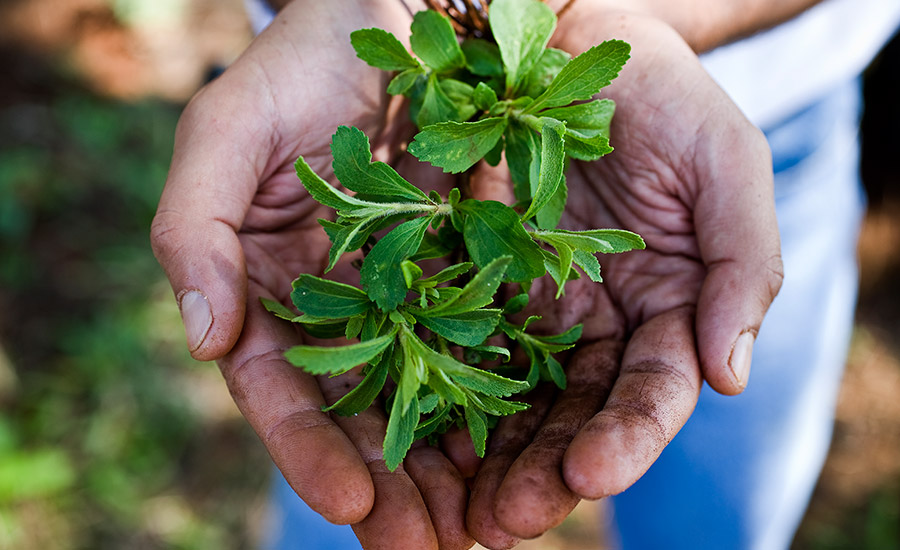
Experts note that consumers’ heightened awareness of food safety stems, in part, from prominent incidents of high-profile recalls that frequently make headlines and disrupt supply chains. For instance, the recent recall of baby formula and subsequent shortages had a direct impact on consumers, who experienced the effects firsthand through stock-outs at their local stores.
“These incidents serve as poignant reminders that consumers now demand a greater assurance of quality and safety in the food products they consume,” Harris says.
Tracing ingredients from farm to factory
Sourcing cocoa powder, chocolate, palm oil, vanilla, citrus, and stevia is dependent on a viable ingredient supply chain. Cargill reports that it is making “huge strides” in building traceable and transparent supply chains. For example, within its direct cocoa supply chain, the company has invested in technology — such as barcoding cocoa bags — that enables the full traceability of the cocoa from the farm to the warehouse, Clancy says.
The company’s cocoa and chocolate portfolio includes Cocoa Promise, which not only offers a more sustainable supply chain, but provides full transparency to customers on community well-being, farmer livelihoods, and protection of the environment.
Since data is crucial to transparency, Cocoa Promise customers can access metrics, mapped datapoints, and insights into a product’s carbon footprint through Cargill’s CocoaWise digital platform.
Since entering the stevia market more than 10 years ago, Cargill also takes the sustainable sourcing of stevia seriously. In fact, the company built the Cargill Stevia Sustainability Agricultural Standard from the ground up to ensure sustainable, ethical sourcing for its leaf-based stevia products, which include the Truvia and ViaTech lines.
“This program allows us to trace every lot of leaf-based stevia back to the farmer cooperative where it was grown. It has been externally verified and benchmarked as a silver-level program by the SAI Platform’s Farm Sustainability Assessment 3.0,” says James Ede, Cargill’s sustainability lead for starches, sweeteners, and texturizers.
“At the same time, we pioneered even more sustainable approaches to ingredient production using fermentation,” Ede adds. “Our premier stevia sweetener, EverSweet, gives brands access to the sweetest components of the stevia leaf — Reb M and Reb D. Because these sweet components comprise less than 1% of the stevia leaf, we use fermentation to produce the sweetener — enabling commercial-scale production with less water, less land, and a smaller carbon footprint.”
Noting that vanilla continues to be a key ingredient in beverages, yogurts, ice creams and more, Chicago-based ADM’s joint venture in Madagascar traces vanilla beans back to the farm of origin, thus encouraging more transparency, says Michelle French, director of global sustainability programs.
“The program impact goes beyond sourcing vanilla, helping farmers earn living wages, which they can use to reinvest in other businesses such as nuts and spices, animal feed, tourism, and fisheries,” French says. “Further, our re:generations program is an excellent example of how we support the responsible growing and sourcing of other important ingredients through the implementation of regenerative growing practices.
“…Last year, we engaged with farmers covering more than 1.2 million acres in 15 states within the U.S., and are looking forward to expanding our farmer collaborations and efforts,” she adds.
Eric Reynolds, who serves as global director of CP Kelco’s environmental health, safety, and sustainability, points out that all of the company’s products empower its customers to keep up with the latest dairy trends.
“We are committed to responsible manufacturing, resource usage, and ingredient sourcing,” Reynolds states. “We approach this both as a supplier to our customers and as a customer to our own suppliers.”
Starting in 2017, the Atlanta, Ga.-based company began tying in sustainability as a business strategy. Throughout 2023, Reynolds says the company is working hard to develop new, bold, and impactful goals based on five strategic priorities. These include innovation, which is central to reducing environmental footprint, and “products on purpose,” to develop and grow a portfolio firmly entrenched in benefiting the environment, society, and communities.
On the dairy ingredient side, CP Kelco’s portfolio includes its 75-year-old GENU Pectin, an ingredient upcycled from citrus peels that use as little fresh water as possible; GENU Carrageenan, which protects protein and stabilizes chocolate milk, and is used in processed dairy products like creamers, cottage cheese, and ice cream; and NUTRAVA Citrus Fiber, also upcycled from spent citrus peels, an abundant byproduct of the juice industry, at the company’s plant in Brazil.
Reynolds points out that its newest ingredient, NUTRAVA Citrus Fiber, is a true food ingredient, not an additive, and can be listed as simply “citrus fiber” on an ingredient label.
“It supports dietary fiber intake as well as emulsion stability, viscosity, mouthfeel enhancement, syneresis control, and water-holding capacity,” he explains. “Easily recognizable by consumers, it can be beneficial for dairy applications such as yogurt and yogurt fruit prep, ice cream and cream cheese.”
The environment and animals also are benefiting from citrus peel extraction. Reynolds notes: “We ensure that leftover materials from the manufacturing process are repurposed. Nutrients in the process of water are used to fertilize local sugar cane and other nearby crops. In addition, leftover peels are turned into animal feed that supplements the diets of 30,000 farm animals annually.”
Perhaps CP Kelco’s most innovative ingredient, GENU Carrageenan’s origin is traced to the coastal community of Zanzibar off the coast of Tanzania where the company is securing a sustainable seaweed aquaculture so it can remain a source of livelihood for generations. Women, who make up 70% of the workforce, benefit as does the community since CP Kelco renovates buildings and classrooms and recently purchased a solar water pump for the village.
A fast-growing plant, seaweed acts as a bioremediation and filter and is “one of nature’s most effective ways to fight carbon emissions, absorbing nitrogen and carbon dioxide,” Reynolds explains. “It utilizes energy from sunlight and takes up excess nutrients from the water to assist the ocean’s ability to fight harmful algae blooms that lead to fish kill.”
Integrity, trust & resonating stories
Experts note the importance of responsibly sourcing organic, non-GMO, and Fair Trade ingredients with consideration for people and the planet.
“The challenge with ingredient sourcing continues to be the trust in your supplier. We have implemented the TraceGains system for our documents and for transparency, which continues to help us organize all of our suppliers, items, and quality documentation,” says Brothers International’s Miller.
Also noting the importance of traceability, Ingredion’s Utterback highlights that the company has a proprietary identity preservation/traceability system — the TRUETRACE program — which has run in the U.S. since the advent of genetically modified corn in the mid-1990s. “With the TRUETRACE program, Ingredion can track any ingredient manufactured under the program back to what fields the corn was produced in, what practices were used on those fields, and what seed was planted in those fields,” Utterback says.

Traceability also is built into the certifications of Ciranda’s USDA Certified Organic, Non-GMO Project Verified, and Fair Trade ingredient offerings. An early adopter and volunteer enrollee of the Organic Fraud Prevention Solutions program, developed by the Organic Trade Association, Okal suggests trust and transparency go hand in hand.
“Our strong traceability track record means our customers can trust we've done our ingredient-sourcing homework,” he says. “They can trust that what we say about our ingredients is true.
”Specific to the dairy industry, we supply organic, non-GMO, and Fair Trade syrups and syrup solids for frozen desserts and novelties; starches and maltodextrins for dairy powders, yogurts, and cheese shreds; and cocoa and lecithin for ready-to-drink beverages,” he continues. “We have a strong track record of responsible, transparent sourcing that has been built over decades. The solid relationships and trust we've created up and down the supply chain bring tremendous value to our customers.”
Cargill’s Ede concurs that partnering with a trusted ingredient supplier that offers sustainable, ethically sourced ingredients and transparent, traceable supply chains is crucial.
“Look for ingredients backed by third-party certifications or company sustainability programs as this can help guarantee their integrity,” Ede says.
Much like food safety standards have proliferated through the Global Food Safety Initiative, traceability will follow a similar path moving forward, according to IFT’s Harris.
“As mentioned previously, the GFTC will begin to work on a traceability data standard for the dairy industry this year through the USDA’s Partnership for Climate Smart Commodities program. It is important that dairy processors and all other dairy supply chain entities continue to educate themselves and engage with these sorts of initiatives as well as requirements related to FSMA, to ensure they are following traceability best practices as [it] continues to rapidly evolve,” Harris notes. “There are some components that make tracking a product back to its source cumbersome and why traceback investigations can last weeks or even months. Much like food safety, traceability is a never-ending process that requires a commitment to continuous improvement.”
Yet, CP Kelco’s Reynolds highlights that all responsible sourcing efforts must balance commitment to responsible practices with the need to remain competitive in the market.
“Transparency plays a key part in making sure we do not compromise on our responsibilities or values,” he concludes. “A responsibly sourced raw material that simply doesn’t perform well may not be helpful to us or our customer today — but it may inspire innovation toward a better solution tomorrow.”
Looking for a reprint of this article?
From high-res PDFs to custom plaques, order your copy today!

